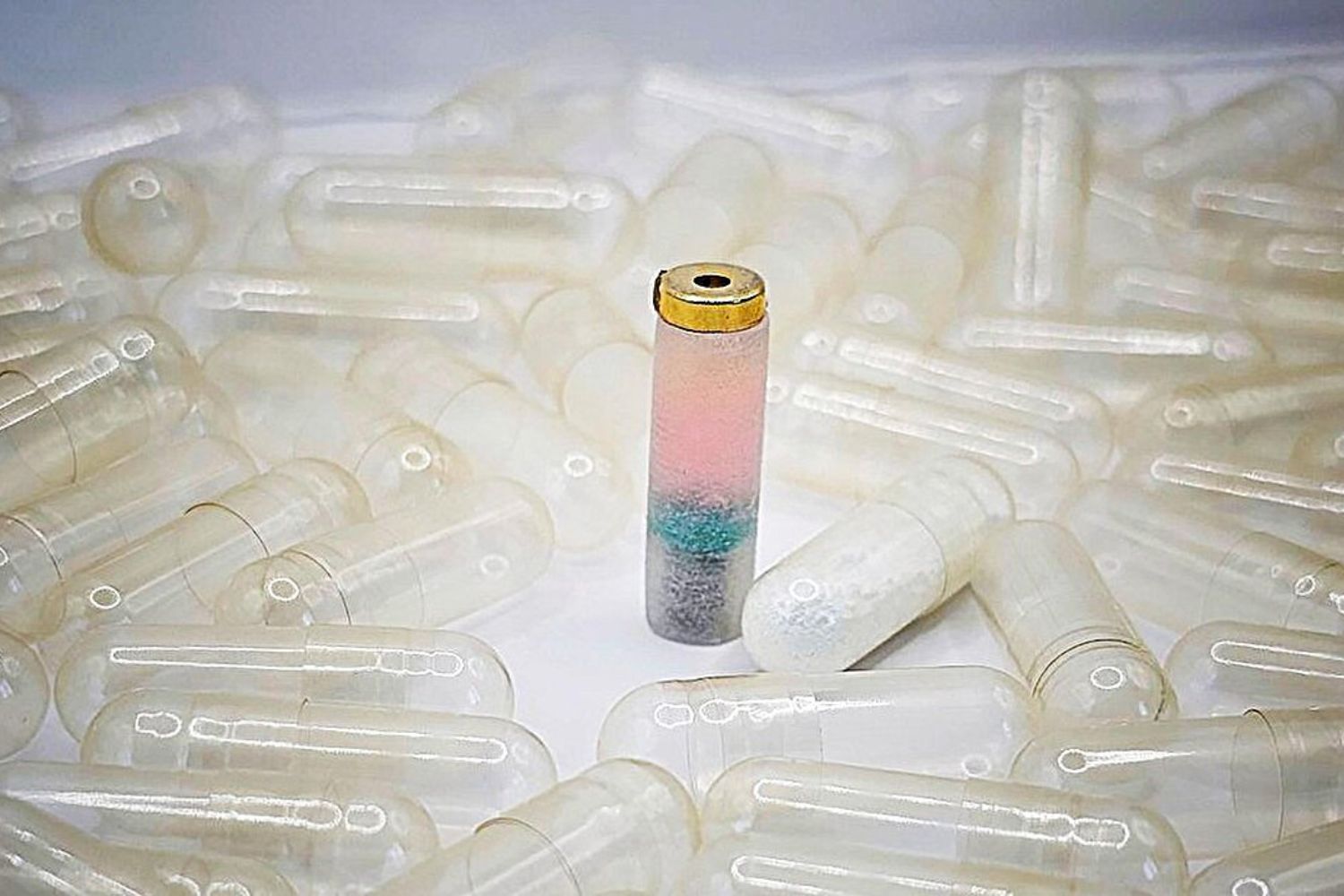Despite the fact that half of the world’s population suffers from it at a fairly long stage of life, menstruation It is still an underestimated and taboo topic. For years, menstruating women have been made to feel dirty and therefore had to keep the subject a secret. But also with honesty. If they complain, they exaggerate. If they talk about it, it is shameless. intimate hygiene products transmitted almost like smuggling, secretly, and menstrual blood it must be covered up with more disgrace than any wound. So it’s really not that strange to know that the first study on menstrual products, using blood instead of water or saline, was published just a few days ago.
In fact, the authors of said study claim that because of this mindless convention, menstrual problems in many people they underestimated. Normally, we do not know how much we bleed during menstruation. We measure it not in milliliters, but in pads, tampons, or cup emptying time. This, given what is known about absorption, may help to make a rough estimate. But, unfortunately, the studies that have been done are few and poorly done, so the information that was available was completely wrong.
Now, thanks to this new study on menstrual products, we can closer idea. However, future research will need to continue in the same vein. If not, then it will be useless.
This is menstrual blood, not acid.
For many years we have seen that advertising hygiene products during menstruation they used a bluish liquid to mimic the rule. Just like the women who shave in commercials for razors, wax or blades, there is not a single hair on their legs.
In advertisements for men’s razors, we see how they remove beards, exposing the skin of the face. It doesn’t matter if it’s on the face or on the legs, it’s still hair. But for some reason the hair menstrual blood women are perceived as signs of dirt. impurities. And they don’t show up in ads.
For now, given the importance that stereotypes sometimes have in marketing, it can be understood (but not shared). What is difficult is that even now, when some advertisements are already daring, at least with Red colorscientists themselves continue without the use of blood in their research.
Menstruation occurs when, because the egg released that month is not fertilized, the layer of the uterus begins to flake off, thickening with each cycle to welcome embryo. This peeling causes bleeding, which exits through the vagina. So the rule is basically this: blood. Pieces of the endometrium may also appear, especially in the early days. But it is not the most abundant.
Blood plasma is approximately 92% water. However, only 55% of blood is plasma. This is about 50% of the total water. Therefore, given the high content of cells, its go it is very different from water or saline solutions that can be used to simulate menstruation. These are not easily replaceable fluids.
Taboo menstruation, including in science
The authors of a new study published in BMJ Sexual and Reproductive Healthpoint out that by doing a keyword search on the PubMed research database, they found 400 menstrual blood tests published in recent decades, compared with 10,000 Erectile Dysfunction Studies in the same period of time. It seems that male sexual problems are not taboo in science, but menstrual blood is still there. And this is much more than social problem.
In most cases, the industry is not required to test the absorbency of hygiene products during menstruation. This should only be done for tampons, as if used for too long, they can cause toxic shock syndromea disorder caused by a bacterial toxin that can be fatal.
For other products, there are companies that do this, but, in general, they are not required to. And, since they are not even forced, they do not worry about doing it in the best way.
IN 1982at the congress Tampon Task Forceby agreement, it was decided to conduct this type of test using saline instead of blood. Thus, little by little, data has been collected that can help calculate when there is too much bleeding during a period. But these numbers have been clearly underreported, so people who bleed heavily may never receive adequate treatment.
Thus, the taboo on menstrual blood is much more than a social problem. This is a problem that must be solved in the name of freedom, equality and health.
Source: Hiper Textual












